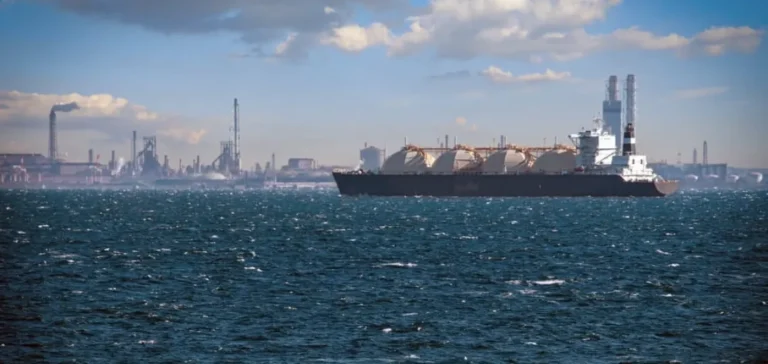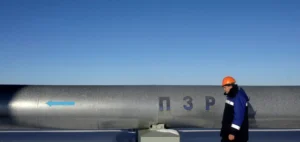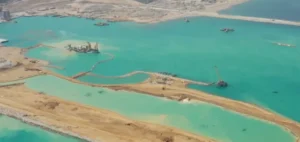The International Energy Agency (IEA) has published a new analysis detailing greenhouse gas emissions from the global liquefied natural gas (LNG) supply chain. The report specifies that these emissions currently reach approximately 350 million tonnes of carbon dioxide equivalent (Mt CO2-eq) each year, divided between carbon dioxide (70%) and methane released unburned into the atmosphere (30%).
Variable emissions intensity by region
Globally, the emissions intensity of LNG supplies reaches just under 20 grams of CO2 equivalent per megajoule (g CO2‑eq/MJ). This figure contrasts with natural gas as a whole, estimated on average at around 12 g CO2‑eq/MJ. However, data highlight significant variations depending on geographical areas and specific supply routes.
The document also highlights that over 99% of LNG consumed in 2024 had lower lifecycle emissions than coal. On a global average, the use of LNG generates about 25% fewer emissions compared to coal. However, the report insists on the necessity of not limiting comparisons to coal alone—considered the most carbon-intensive fuel—as other possibilities exist to further reduce emissions associated with LNG.
Available technologies for emissions reduction
According to the study, it would be possible to reduce emissions from the LNG production chain by more than 60% using currently available technologies. Among low-cost measures is notably the reduction of methane leaks, which could achieve an approximate reduction of 90 Mt CO2-eq per year, representing 25% of the sector’s total emissions. Nearly half of these gains could be realised without additional net costs.
Other moderate-cost emissions reduction strategies include improving energy efficiency of existing facilities and reducing flaring activities at the installations and fields supplying natural gas. This latter measure could reduce annual emissions by an additional 5 Mt CO2-eq.
The role of electrification and carbon capture
Moreover, the IEA suggests electrification of production facilities and LNG terminals using electricity from low-emission sources could provide an additional substantial reduction, estimated at 110 Mt CO2-eq annually. The integration of Carbon Capture, Utilisation and Storage (CCUS) technologies into liquefaction plants also represents a significant possibility, although requiring substantial initial investments.
The report was presented by the IEA Director of Energy Markets and Security, Keisuke Sadamori, at the annual LNG Producer-Consumer Conference in Japan, jointly organised by the IEA and Japan’s Ministry of Economy, Trade and Industry.






















